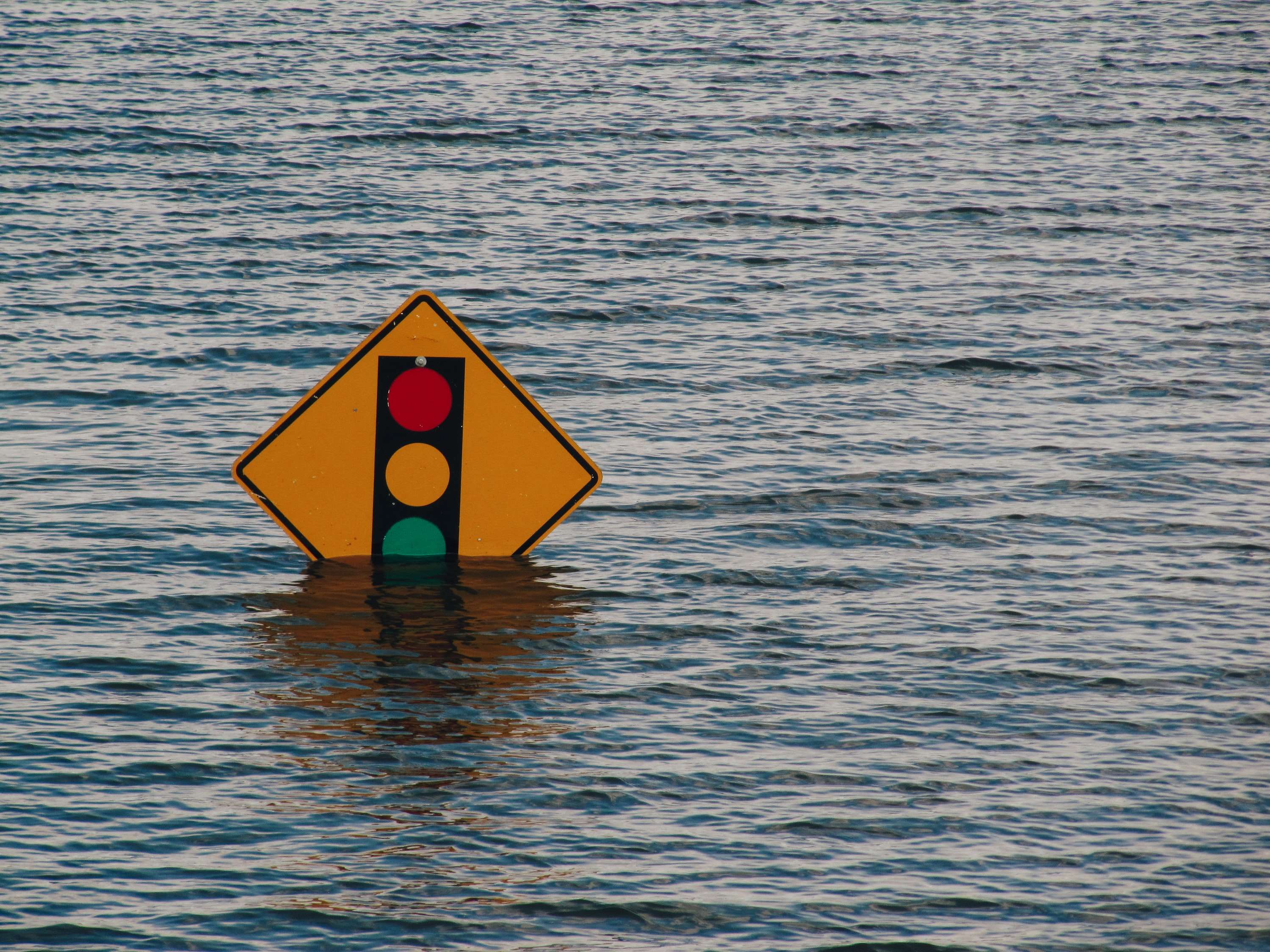The need for special districts to plan for unforeseen events has become more obvious than ever before. Whether it’s a threat from a pandemic that forces people to work from home, a catastrophic fire that wipes out entire towns, or the possibility of riots and looting that may affect your ability to operate, special districts need to be ready to face the unknown.
Without proper planning in place, districts have lost records, even entire histories, to fire and flood. Without advance planning, switching to remote work overnight became difficult, if not impossible, for many districts during the COVID crisis. At Streamline we believe special districts are critical to the functioning of our country, and we need to be able to continue performing our duties - regardless of what is thrown our way. The disaster planning process can help.
This is the introduction to a four part series that presents the Disaster Planning process in the four phases it is most often broken into: Mitigation, Preparedness, Response, and Recovery. We’ve added an extra prep section for the obvious need to identify the person or team who will be doing this work:

The four standard phases have been defined by agencies like FEMA. Jump to any post in the series:
Phase 1: Mitigation | Phase 2: Preparedness | Phase 3: Response | Phase 4: RecoveryBe sure to download the entire Disaster Planning Toolkit for Special Districts!




